The way youth is framed and its role in the society and in thefamily
di Federico Guaia
Introduction
This article has the purpose to critically assess the impact of neoliberal policies on employment and power relations in the Arab region1 with a focus on ‘youth’. The study has its roots in Emmanuel Todd’s idea of family structure as explanation for ideology. The French sociologist maintains that to a certain family structure matches a specific political model (TODD, 1985). Family and society are conceived as elements in continuous interaction playing a circular influence on each other: changes in family structure produces changes in society and vice versa. Considered the high level of integration due to globalisation, a third level should be added to this dual scheme: the international framework. Indeed, individuals, groups and states develop their interactions within these three, deeply connected layers. While Todd uses this idea to build an bottom-up model, in which the family is the unit used to make prediction about the society, I will reverse the model trying to understand how the relations of power existing at the international level play a role in preserving both, authoritarian regimes, and patriarchal family structure in the Arab region. In this top-down process, the global powers use their leverage on other countries to pursue their own economic and security interests. These are materialized through unequal trade agreements and the ‘imposition’ of the liberal model. The aim of this essay is to understand the consequences of these politics on employment and especially on youth, seeing how the power relations between this ‘category’, the State and the family are shaped.
The article is divided in four parts. At first place, it examines the EU and US view of Arab youth. This view is partial and interest-biased and lacks important elements. The most important omission is the acknowledgement of the negative consequences of liberal policies on youth employment and empowerment, analysed in the second part. Their effects on the relations with the authoritarian regimes are the subject of the third part, and on family structure of the fourth.
The core of the essay is the idea that liberal policies in the Arab countries, by pursuing EU and US’s interest, empower authoritarian regimes and narrow groups while having a negative impact on youth employment. In this context the patriarchal family model is functional to the marginalisation of youth, with major consequences on young women. Employment – emphasising stability and dignity – is conceived as an element of terrific importance in individual development and emancipation from patriarchy and authoritarianism.
What is ‘youth’?
As a first step it is important to define one of the units of the research: youth. Youth is a term often used in politics and in the academic discourse, but does it describe a homogenous social group? As a matter of fact, it represents a quite blurry category which boundaries are difficult to identify and to apply in different contexts. Youth is usually defined on an age-basis in a range from 15 to 30 years old, but this definition leaves space for a number of criticisms. Indeed, biological age does not consider the experiences of the individual that effect personal development. In a large part of the Arab world, adulthood is reached after marriage and the birth of children, but it is also linked to economic independence. Therefore, an individual of 35
1 The study analyses the policies pursued in Egypt, Tunisia and Morocco. These countries represent a significant sample for understanding the region, but it is important to remind that every country has its own specificities.
years old without a family – indented as having a partner and children – and not being economically independent, should be considered as an adult or rather as a youth? On the contrary, a 20 years old individual with his/her own household and a stable income should fall in the category of youth or adulthood?
For these reasons, youth is a socially and culturally constructed category and defining it only on an age-basis could result restrictive. Moreover, the youth category is not neutral. Rather, it is used by political elites and in the sake of political and economic interests with the aim of implementing specific policies.
Framing of Arab youth by the US and the European Union
The MENA region is a key area for the US and the EU. While the first considers the Middle East a priority, North African countries are important partners of the Europeans in energy supply and in the control of migratory fluxes. Each of them has important ties and connections and developed advanced partnership in the area. European and US funds, added to the ones of the IMF and of the World Bank, play an important role in the economic development of the area, but are also invested in the so-called democratisation process and in security issues. Indeed, especially after 9/11, the Arab countries were perceived by their Western partners as recipients for terrorist organisations and as possible threat for security. Consequently, the US and the EU extended their intervention in the area in the main attempt of ‘stabilising’ it and to create solid democratic institutions. Within this ‘democratic effort’ the Arab youth represents a specific target.
The perception of the Arab youth has shifted over time. It is most frequently framed in three categories: asset, challenge and threat (HUBER, 2017). Along with this categorisation there is a further differentiation within youth itself, separating males from women that – in the mainstream view – are seen as passive, vulnerable, non-productive and in need for protection. Young people civically engaged and who act within the parameters set by the EU and the US fall in the asset category. They are considered as resources and an active part of the population that could drive for change and for democracy’s development, in building a liberal society in conformity with the Western model.
The challenge frame comprehends unemployed and unengaged youth. According to this view, young people – due their passivity in terms of civic engagement – are accountable for the persistence of the authoritarian regimes. The demographic growth and the high fertility rate are considered the causes of the unemployment in the region. Indeed, the theory of the Youth Bulge links to the high unemployment rate the presence of a growing young populations that exceeds the existing job places.
The last, the threat frame had acquired a forefront spot in the aftermath of the 9/11 terrorist attack and was strengthened by the growth of the ISIS. This model is not applied only to supposed terrorists but also to all the young people that refuse to accept the models set by the US and the EU. The Youth Bulge gives an important theoretic ground to this category, assuming that young unemployed people are likely to undergo through extremization and radicalisation becoming a security concern for Western countries.
The US and EU perception of Arab youth and the resulting frame are highly political, and they carry specific interests. As stated by Huber,
“Youth has been defined in a way that makes it necessary, justifiable, and appropriate for theUnitedStatesandtheEUtointervenewithyouthpoliciesinMENA,inordertodisciplineyouthandturn challengesand threats intoassets fortheliberalorder.”(HUBER, 2017)
Indeed, this portrait of youth is far from being impartial and constitute a justification for the EU and the US to consistently intervene – politically and economically – in the area. In fact, the last goal of such intervention is not represented by the best interest of the Arab countries and in particular, of their youth. On the contrary, these policies are aimed at pursuing EU and US interests, not addressing the structural causes of unemployment and the problems related to youth empowerment.
The EU and US analysis points the ‘Youth Bulge’ and the ‘skill mismatch’ as the main causes of the unemployment issue. Problems are considered to be related to demography and to economic-educational lacks. Education in Arab countries is thought to be inadequate to meet market needs by forming professionals whose skills are not required or are not sufficient to satisfy the demand’s requirements. Moreover, the regulatory framework is believed to be an obstacle for foreign investments. Therefore, EU and US policies in the educational field are addressed to increase trainings, to enhancing entrepreneurship skills and to create internship programs in private companies. In the economic field they follow two main guidelines: privatisation and deregulation of the labour market. These reforms are aimed at increasing the attractivity of the area for foreign companies through the increase of the contractual arrangements’ flexibility, a reduction of the security for workers, state disengagement from welfare services, and the creation of Free Tax Areas. According to this view, the increase in foreign investments should consequently lead to a growth in the number of jobs available.
Criticalities of the liberal model in the MENA region
The frame of youth underpinned by the US and the EU blames for the unemployment high rate on demography and on the productivity skills of youth, concealing the main structural issues that cause unemployment: the adverse effect of neoliberal policies carried out since the 80’s. Progressive deregulation of the labour market is underway by 40/50 years, with a consistent lowering of wages and the roll back of security protection measures (HANIEH, 2013). International Financing Institutions (IFIs) pushed for liberalisation of MENA markets, their integration in the world economic system and for privatisation. These objects were pursued through the introduction of the Structural Adjustment Packages (SAP), which significantly reshaped the region’s economic structure and its labour market. The redirection of the region’s economy to export-oriented, increase significantly the volume of export but also the dependency from the foreign importers. The end of the GATT protocol in the mid of the 2000, joined by the growing competition of Chinese products, led to a hit on exports causing the closing of companies and therefore unemployment rise. The attempt of remaining competitive by lowering labour costs, increasing the productivity and improving the access to cheap inputs, fostered informal work. The working gap between women and men was considered a comparative advantage and pushed up women employment to reduce the production costs.
Moreover, through deregulation and circular working permits2, neoliberalism contributed in generating ‘mobile army of low-wage and deeply exploited Arab workers throughout Europeandthe MiddleEast’. (HANIEH, 2013).
The EU and the US, through their policies, continue to look at liberalism as the solution for employment and development issues in the region. Despite the reforms mentioned in the previous paragraph have youth as a primary target, it is the EU and the US to benefit the most from them. The deregulation of the labour market, in a context like the MENA region – where workers already enjoyed poor labour rights – permits big firms to achieve convenient contracts, not producing any real income for the hosting country due to tax exemption and labour low- costs. The top-down production of wellness celebrated in the liberal model, that by the enrichment of the higher social classes – investors and owners of big firms – should produce a waterfall of richness enjoyed by the whole society, is an evident failure in this area. Indeed, the benefit of the production concerns only a narrow part of the population, while most of the income is transferred to other countries. Deregulation has the main consequence of attracting foreign direct investments. The low price of the final products does not affect their quality and at the same time does not reduce the income perceived by the owners: the losers of the production process and the ones who bare its costs are the workers themselves. The system of subcontracting to minor firms – aimed at escaping the already weak State regulation, maximise the profits for the producer but creates a frame in which workers, especially women, are invisible and do not enjoy any kind of protection. This system fosters the conditions of precarity and insecurity for youth, that have direct consequences on their relations with the State and within the family as analysed below in the article.
Youth and regimes
As mentioned before the challenge frame is used to explain the resilience of authoritarian regimes. Arab youth is blamed not to be a driver of change and for passively accepting political regimes. This is a concrete example of how the EU and the US use a frame to conceal the effects of their policies in the area and to create a scapegoat in order to justify the existence of regimes that clearly collide with their democratic pillars. By adopting this view, the EU and the US refuse to acknowledge the role that they played, and still play, in keeping those regimes in power. The relation between EU or US and local regimes provides mutual advantage. Firstly, entertaining economic relations and talking through institutional channels leads to a de factorecognition of the regimes as legitimate actors. Secondly, the regimes are the guarantors of the execution of the economic and security agreements: the fall of the regimes, or the change of the political system would mean a renewal of the political interlocutors. Those would be called to respond to the interests of a larger part of the population, making more difficult for the EU and US to obtain the same advantages they enjoy at the moment.
Neoliberal reforms do not ameliorate youth conditions in the labour market, on the contrary they harshen the working condition and help in keeping youth in a subordinate position. This unbalance plays an important role in the power relations between regimes and youth: indeed, it gives to the rulers an important leverage over a population that struggles to find a job and to support their families. As a matter of fact, the use of limited concession and the occasionally creation of job places is a tool often use to keep youth under control and to reduce their requests,
2 Temporal work permits, that allow firms in Europe to import seasonal workforce from North African countries (i.e. Moroccan seasonal workers in Southern Spain).
and to divide the protest front. A vivid example of such exploitation by the regimes is the National Association of Unemployment Graduates in Morocco. Due to high unemployment among graduates this movement claimed for jobs in the public administration. In doing so they considered themselves apolitical and did not question the political establishment. The Moroccan government encouraged this kind of approach and, applying the principle of divideet impera, it accepted to create a small number of jobs to partially satisfy the movement’s requests. In this way the government had the opportunity to present itself as tolerant and open to listen to the people’s needs but, in the meanwhile, it preserved the clientelist network by instrumentalising the movement.
Thus, this example shows how the lack of employment creates a significant chance for regimes to manipulate and divide its opposition. Not being able to provide for themselves and for their families could prevent youth by successfully contesting the authoritarian regimes and keep them very vulnerable to blackmailing.
Youth and family
Neoliberal reforms affect also the family structure. The high unemployment rate, low salaries, poor work conditions prevent many young people to emancipate themselves from their families. In many cases, not being economically independent push youth to remain in the household in a situation of subordination to the parents. This situation is much linked to patriarchy. The difficulties in quitting the household put youth in a weak position to challenge the power relations within the family. Through economic leverage, the householder could claim also the role of breadwinner becoming crucial for the whole family survival. In fact, the reality is much different: even in the case that youth remain in the household, they usually play active roles in supporting the family. Indeed, in rural areas youth often work in father’s land without being payed or, in the case of textile workers, women work at home being so low paid that they could not make a living without their family support. Because of their dependence those people are considered by their families as ‘youth’, incapable to provide for themselves, and they have no rights to access to the resources and decide how to exploit them (BOUZIDI).
As for authoritarian regimes, neoliberal policies create obstacles to youth emancipation. Indeed, they undermine youth independence and contribute in the preservation of the status quo becoming a driver of political and social conservatism rather than paving the way for change.
Conclusion
The impact of neoliberal reforms on Arab economies and societies is far from being positive. In fact, it caused a further deterioration of labour’s security and working conditions. Privatisation, deregulation of the labour market, and the intervention on education to increase entrepreneur skills are measures incapable to improve the working and living condition of Arab youth. As a matter of fact, these reforms have a limited impact on unemployment but strengthen European and American interference in the region and permits them to conceal the real causes of the issue which are found in the neoliberal model itself.
Indeed, neoliberalism represents the tools though which, the US and the EU, are able to gain important economic benefits in the region. As shown in the article, this economic situation has surely important consequences on the power balances on the international level but also within the Arab societies, empowering the authoritarian regimes and legitimising the elites, and within the family, playing an important role in the survival of patriarchy.
To find a solution to unemployment in the region, it is important to challenge neoliberalism itsef. A consistent protection of labour, the creation of qualitative jobs for graduates, a more balanced approach to taxation of foreign capital are measures that could significantly improve the life of millions of young people. These measures, could also in the long run, challenge the existence of patriarchy and authoritarian regimes paving the way for a real democratisation and stabilisation of the area.
Bibliography
HANIEH Adam ,2013, Mapping the Neoliberal Experience, cap. 3 and Capitalism andAgrarianChangeinNorth Africa, cap. 4 in HANIEH Adam., LineagesofRevolt;
HELLIO Emmanuelle, 2008, ImportingWomentoExportStrawberries(Huelva,Spain),
Etudes rurales no. 182;
HUBER Daniela, 2017, Youth as a New ‘Foreign Policy Challenge’ in Middle East andNorth Africa: A Critical Interrogation of European Union and US Youth Policies in Moroccoand Tunisia’, European Foreign Affairs, Review 22, no. 1 (2017): 111–128, Kluwer Law International BV, The Netherlands;
PACIELLO Maria Cristina, PIOPPI Daniela, Is Arab Youth the Problem (or the Solution)?Assessing the Arab Human Development Report 2016, Development and Change, published on behalf of the Institute of Social Studies, The Hague;
SUKARIEH Mayssoun, 2012, From terrorists to revolutionaries: the emergence of “youth”in the Arab world and the discourse of globalization, in A journal for and about social movements, article Volume 4 (2): 424 – 437;
TODD Emmanuel, 1983, La Troisième planète, in 1985 The Explanation of Ideology: FamilyStructure& Social Systems;
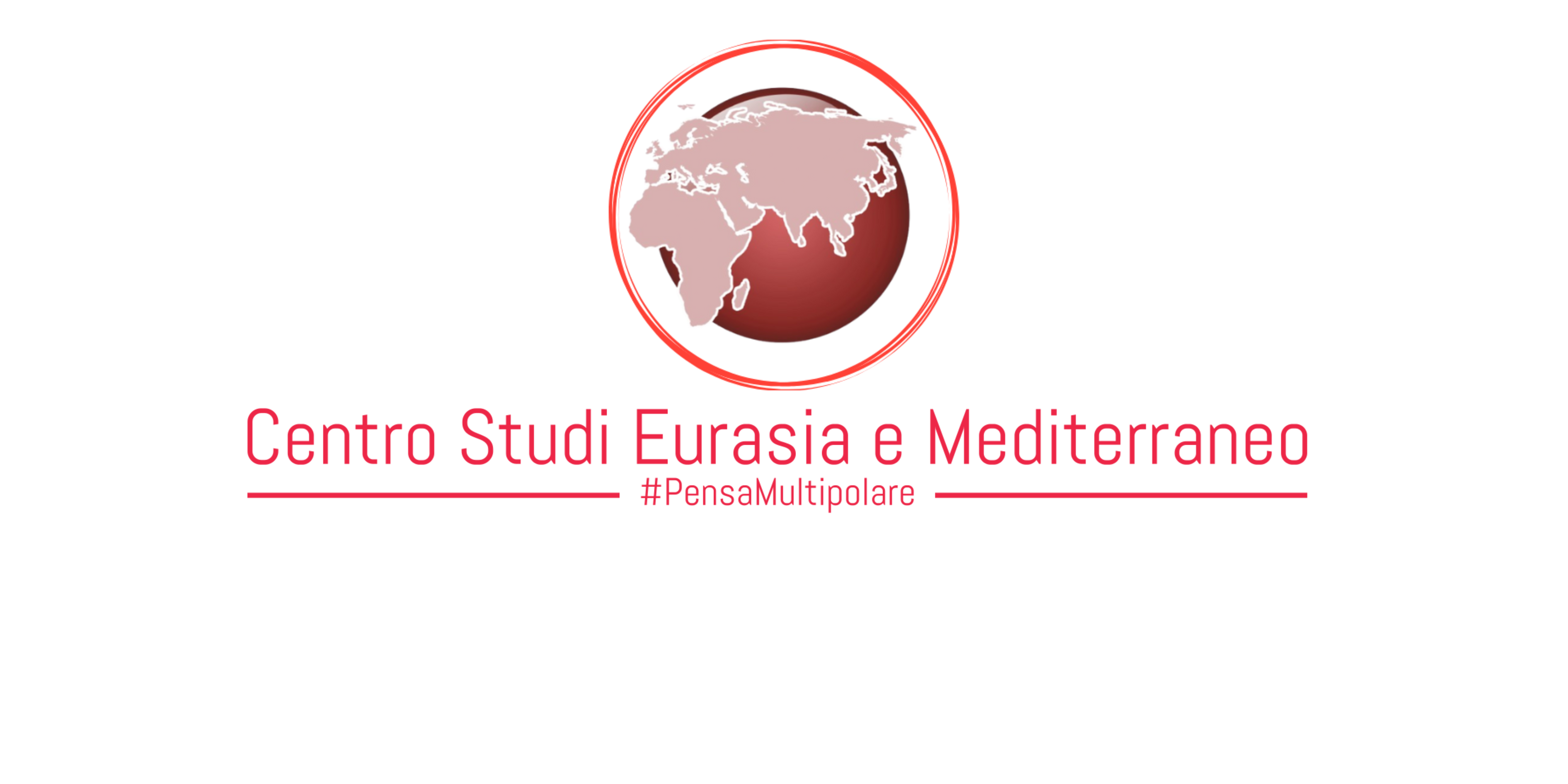



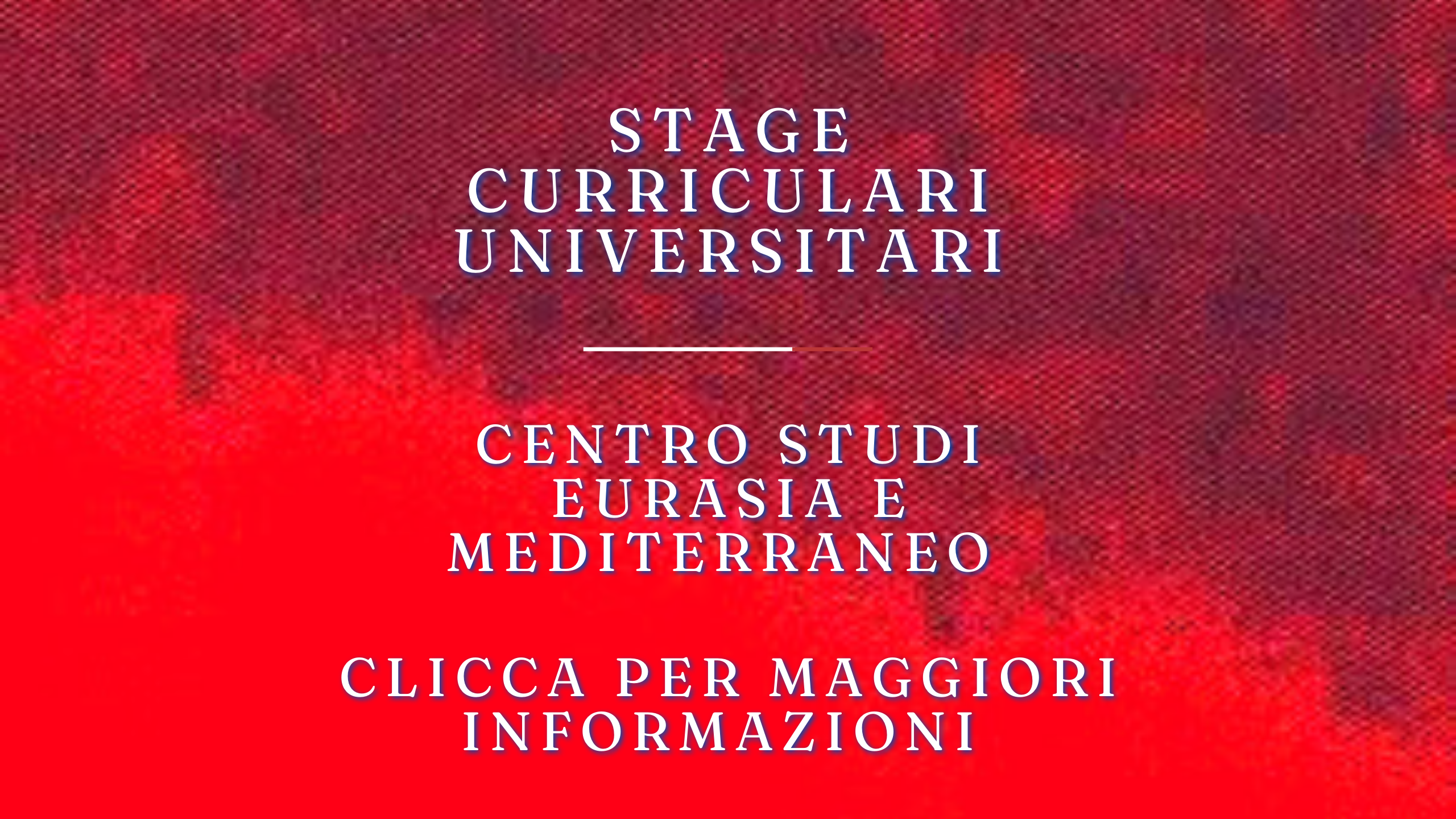
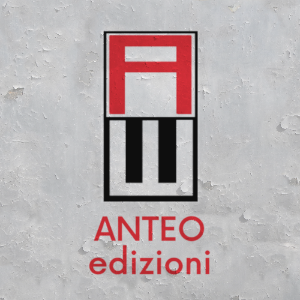
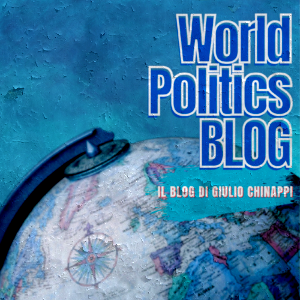



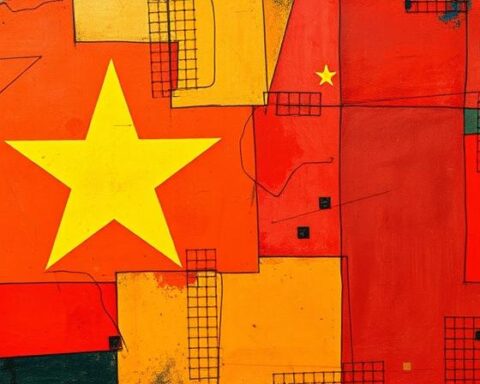
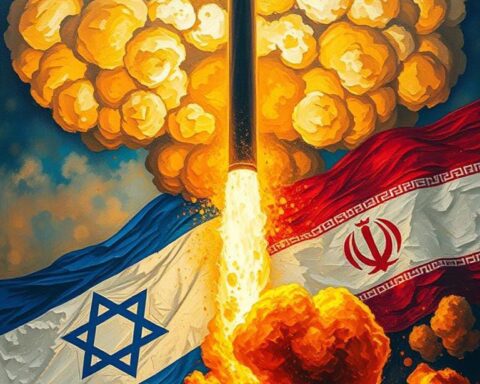





Il CeSE-M sui social